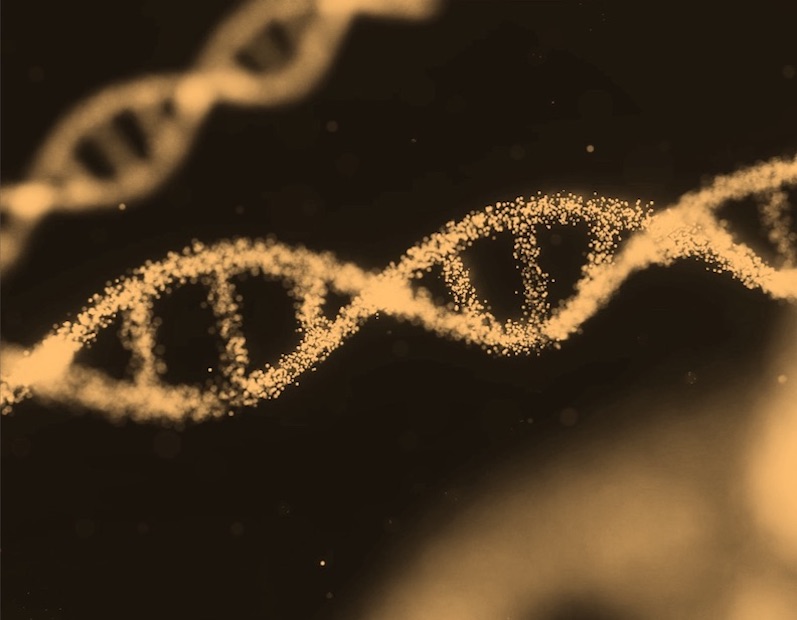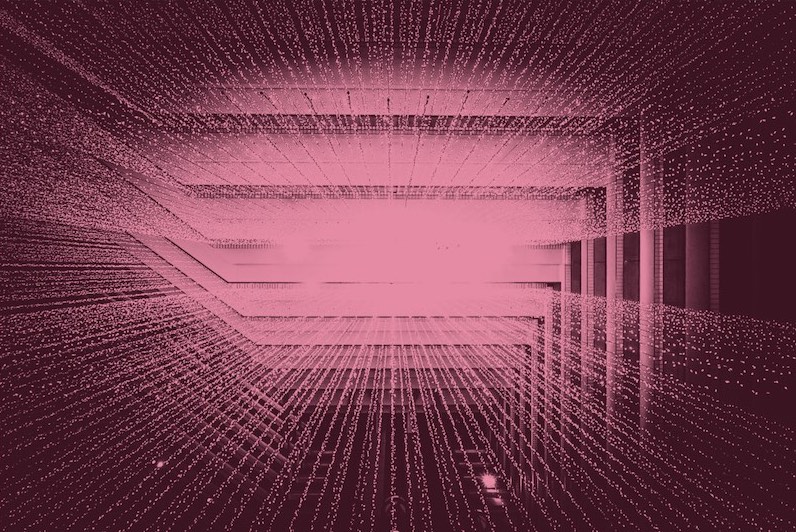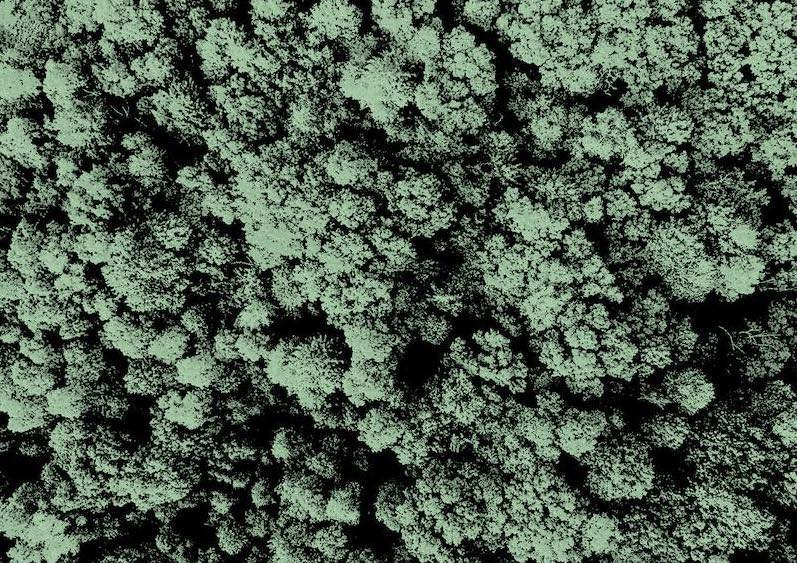What is it about?
The unit distance graph of the metric space $X$ equipped with the metric $\rho$ is the set of vertices in $X$ where two vertices are connected by an edge if the $\rho$ distance between them is equal to 1. Let $\chi(X)$ denote the chromatic number of this graph, the smallest number of colors needed to color the vertices of the graph so that no two vertices connected by an edge share the same color. It is well known that $4\leq\chi(\Bbb{R}^2)\leq 7$. In the paper under review, the authors study the chromatic number of the distance graph on $\Bbb{R}^n\times{[0,\epsilon]}^k$. They prove that if $\epsilon<\sqrt{\frac{3}{7}}$, then $$ 5\leq\chi\mathopen{}\left(\Bbb{R}^2\times[0,\epsilon]\right)\leq 7. $$ They also prove that if $k$ is positive integer and $\epsilon<\epsilon_0(k)$, then $$ \chi\mathopen{}\left(\Bbb{R}^2\times{[0,\epsilon]}^k\right)\leq 7. $$ For an arbitrary $\epsilon$, the authors show that $$ \chi\mathopen{}\left(\Bbb{R}^2\times{[0,\epsilon]}^2\right)\ge 6. $$ Similar results are obtained with $\Bbb{R}^n$ replaced by $\Bbb{Q}^n$, where $\Bbb{Q}$ denotes the field of rational numbers. Reviewed by Alex Iosevich
Featured Image
Read the Original
This page is a summary of: On the chromatic number of an infinitesimal plane layer, St Petersburg Mathematical Journal, July 2018, American Mathematical Society (AMS),
DOI: 10.1090/spmj/1515.
You can read the full text:
Contributors
The following have contributed to this page








